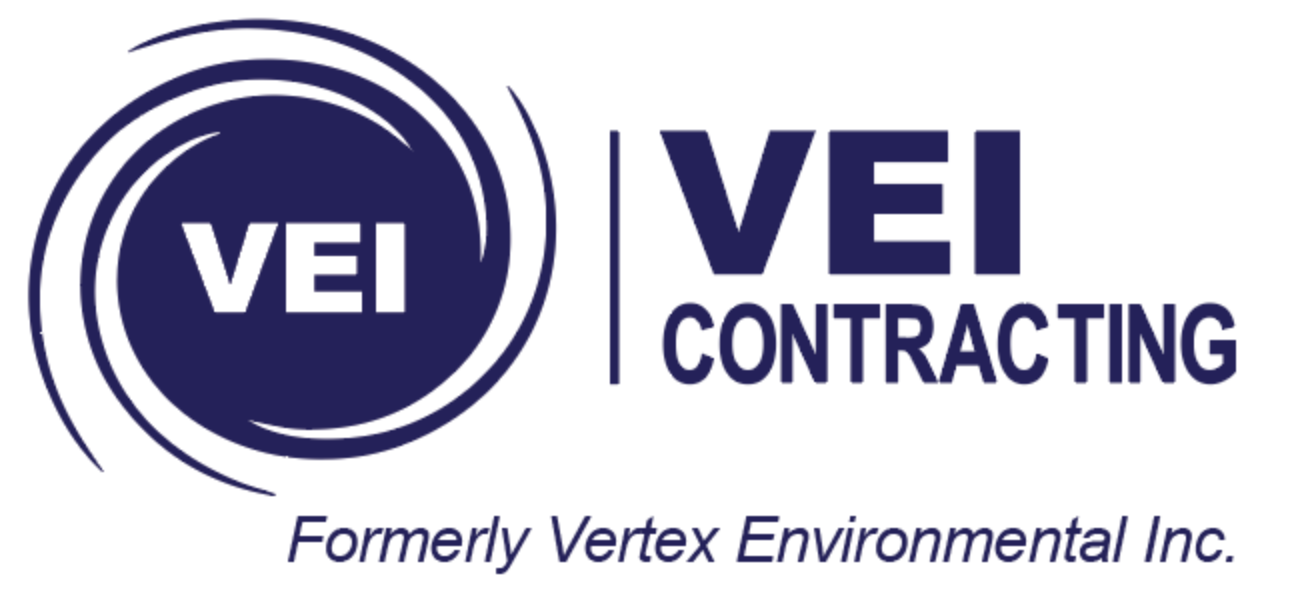Bench-Scale Testing: Turning “Monster” Problems into Proven Solutions

Photo credit: https://honestlyyum.com/11652/evil-drink-lab/
We were working in the lab, late one night…
Have you ever attempted (or heard of) an environmental remediation project where the approach selected was unable to meet remediation targets? Maybe you have encountered a site with complex geochemistry or a contaminant profile that could make remediation or treatment overly difficult? What are you to do when faced with such “scary” challenges?
A “dose” of bench-scale testing completed by the “mad scientists” in our in-house testing laboratory may just help to figure out how to “exorcise the demons” possessing your site!
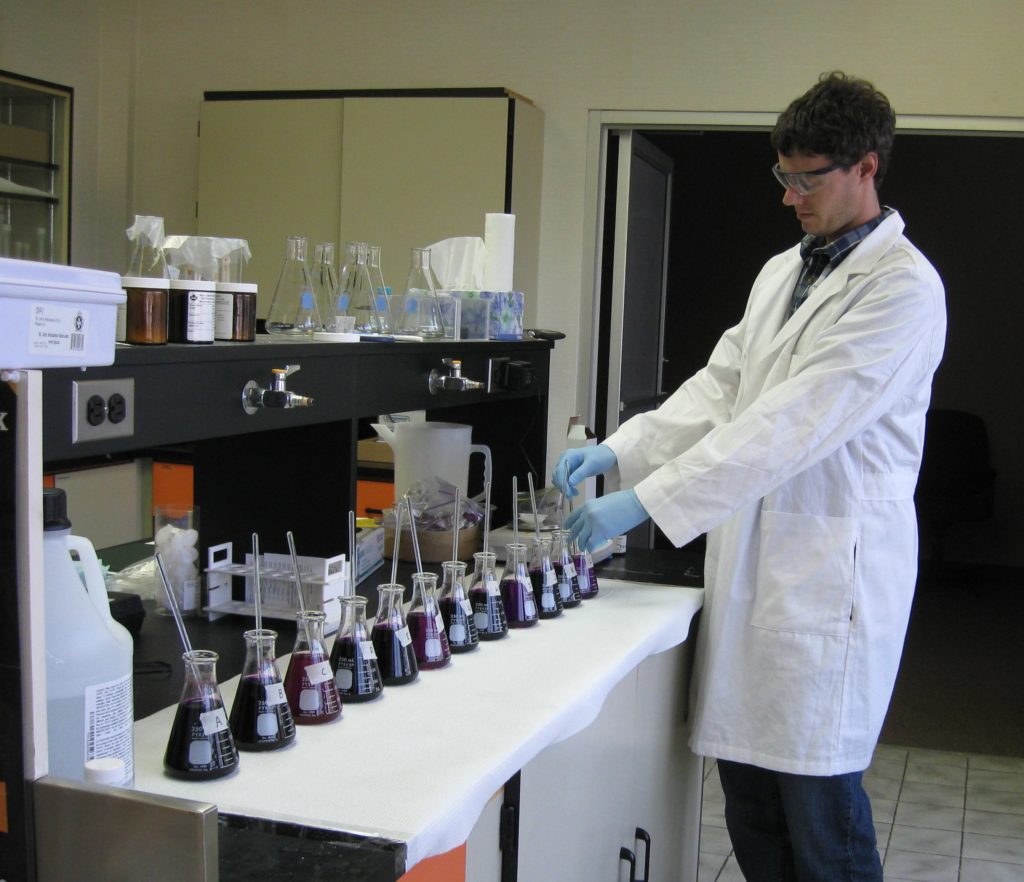
One of Vertex’s “Mad Scientists” at Work in the Laboratory
Last month we highlighted the benefits of dynamic, flow-through column studies for permeable reactive barrier (PRB) design, but the scope of bench-scale testing goes much beyond that. Here are three case studies of recent bench-scale tests completed in our lab that highlight some of the many capabilities of bench-scale testing.
Case Study #1 – Large Volume Water Treatment System Optimization for Manganese and Zinc Removal
How to turn this:
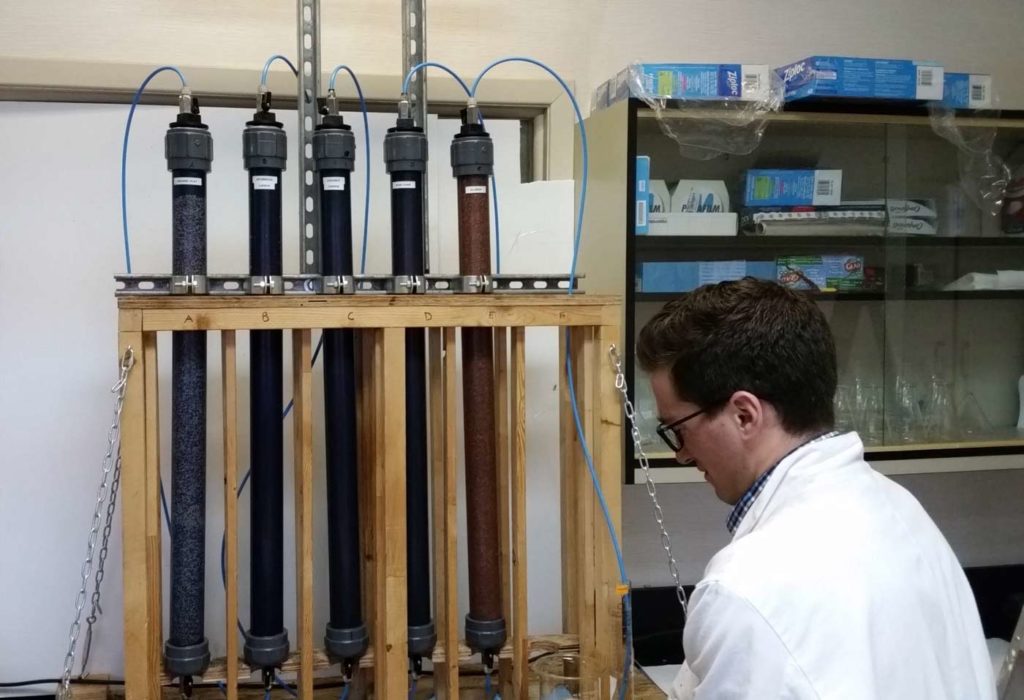

Into this:
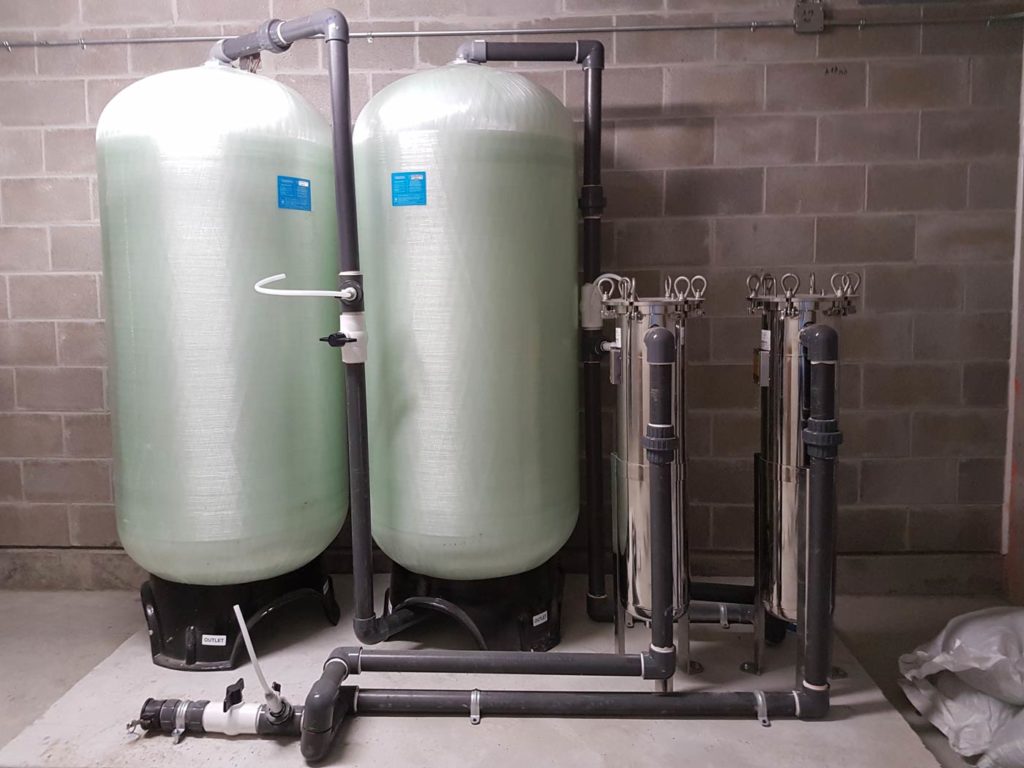
A new dewatering system was installed at a site in a large urban center, however, the manganese and zinc levels exceeded the City’s storm water discharge standards resulting in high cost for water disposal to the sanitary sewer instead. Additional concerns at this site involved potential issues with the background geochemical parameters of the water and very large volumes of water requiring treatment.
To find a solution, a dynamic, flow-through column test was designed and carried out to compare the efficacy of different treatment media as well as evaluate optimal contact time requirements. Optimizing contact time correspondingly allowed for the optimization of treatment vessel sizes, minimizing space and expenditures for full‑scale installation. The full‑scale treatment system is currently being constructed and is slated for installation in early 2022.
Case Study #2 – Treating Petroleum-Impacted Soil via Ex-Situ Bioremediation:
We turned this:
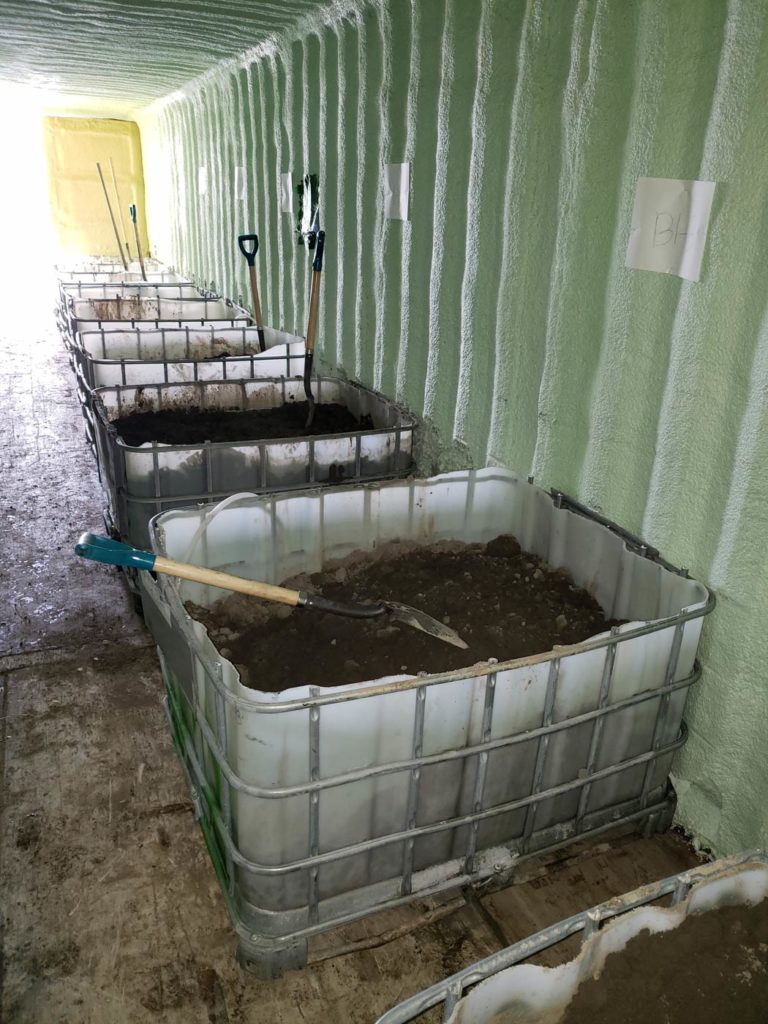

Into this:
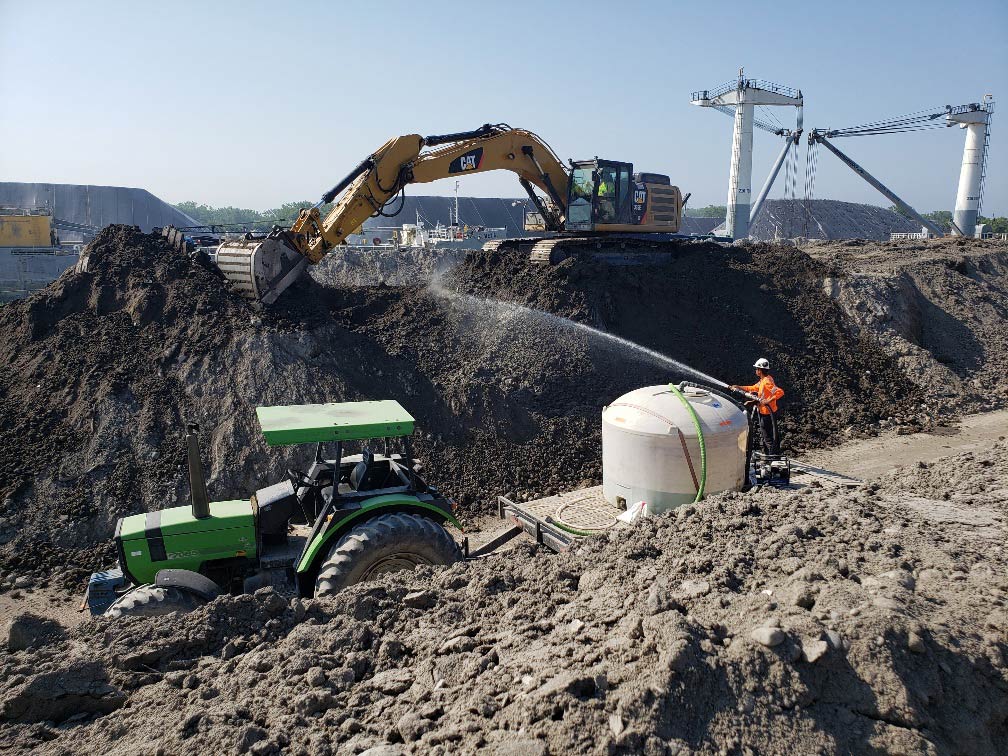
The site question had very large volumes of petroleum hydrocarbon (PHC) and polycyclic aromatic hydrocarbon (PAH)-impacted soil. Excavation was required for redevelopment and construction purposes and the site was large enough to store soil stockpiles on a short to medium-term basis. These factors made the site a good candidate for on-site, ex-situ bioremediation. However, the contaminants of concern were found to not be degrading as quickly as expected after initial implementation of standard bioremediation activities at the site. Therefore, a “floor-scale” test was carried out to investigate methods to optimize the process, including assessing the effects of adding different remedial amendments, such as surfactants and nutrients, to the soils requiring treatment.
The results of this “floor-scale” testing informed the on-going full-scale bioremediation treatment at the site, eventually leading to the successful processing of more than 50,000 cubic meters of soil on-site to date. (“Floor-scale” testing is the same as bench-scale, just on a slightly larger scale!) The testing was still completed in-house but required larger soil reactors to increase sample size and reduce uncertainty based on the significant soil heterogeneities encountered at the site. The results of the testing helped save costs and time at full-scale by narrowing down preferred treatment options and timelines for the soil.
Case Study #3 – Soil Impacted with Petroleum Contamination Remediated via Soil Segregation and Washing
And this:
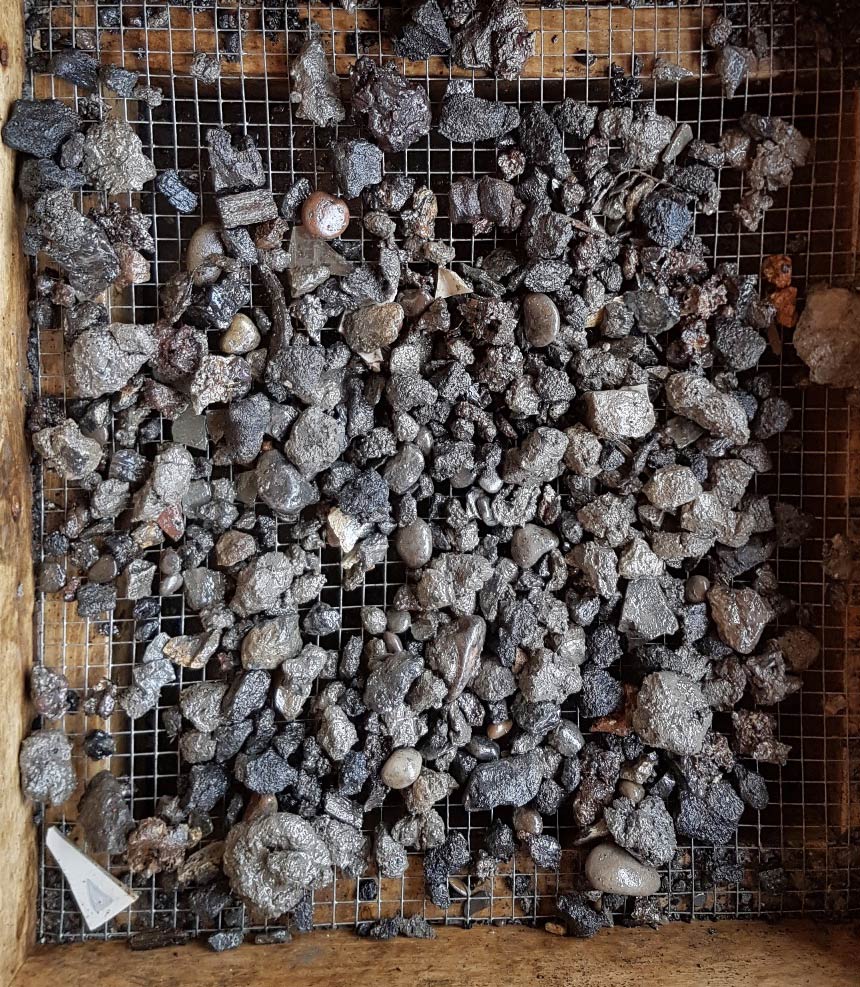

Can become this!
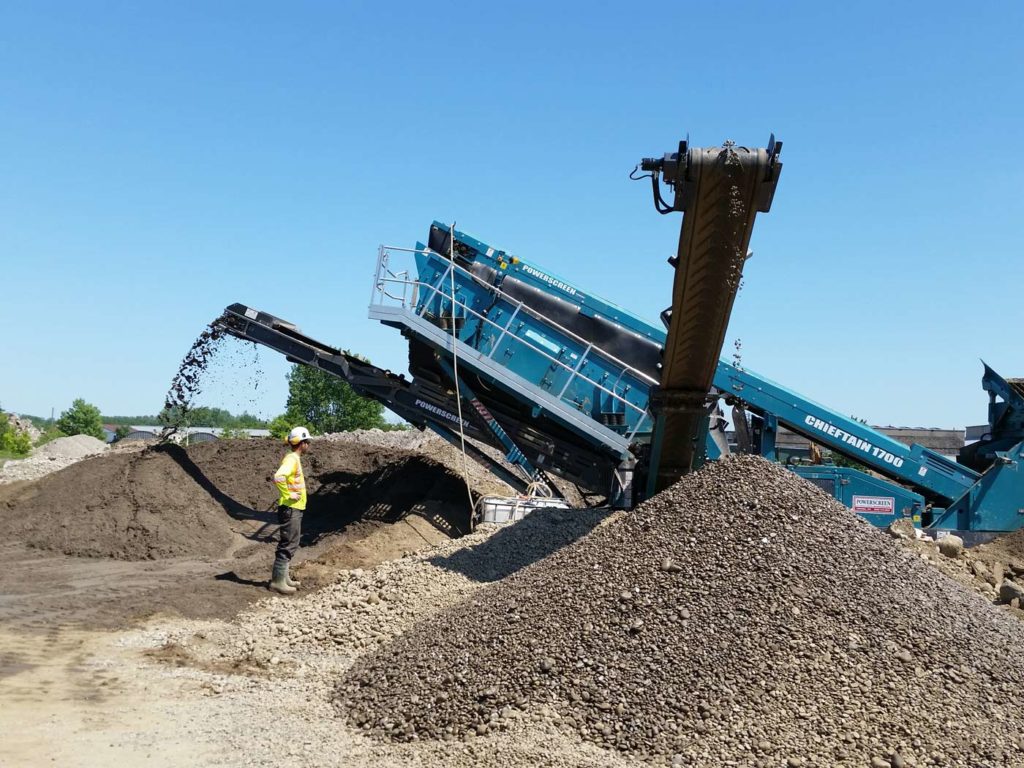
This site had PHC-impacted soil, including free-phased product or LNAPL, as well as some soil that was geotechnically poor. The goal was to be able to re-use as much of the soil as possible as “clean” backfill on‑site. Segregation of the soil into different particle size fractions to address the geotechnical requirements as well as to “clean” as much of the granular soil as possible and (hopefully) concentrate the PHC contamination into a smaller mass of soil for subsequent additional treatment or disposal was proposed. The success of such a treatment approach is highly dependent on the source and type of contamination as well as the soil properties and, therefore, it was important to run bench-scale tests to evaluate the potential effectiveness of this approach at the site.
Bench-scale testing revealed that the site was well-suited for soil segregation and washing for purposes of “cleaning” the granular soil and reusing it on-site. It was discovered that if grain size separation was combined with soil washing, 85-90% of the tested soil was able to be reused on‑site as approved quality backfill. This saved not only disposal costs for removal of the impacted soil, but also costs to import clean soil for backfill. Overall, the project team processed over 100,000 cubic meters of soil at this site using these methods!
Don’t be Afraid!
Bench-scale testing can provide you with the confidence that the right remedial technology is being selected and optimized to reduce uncertainties and make the overall remediation project more cost-effective. It’s also not that expensive and can more that pay for itself through cost‑savings at full-scale.
So, remember to emphasise the “Treat” in “Trick or Treat” by considering completing some bench-scale testing when evaluating on-site or in-situ options for remediating your contaminated site. It’s the more scientific way to go!

Let us know if you would like more information on bench-scale testing. We’re not afraid to take on whatever challenges you have!
You can read more about bench-scale testing from other past newsletters and conference presentations here:
